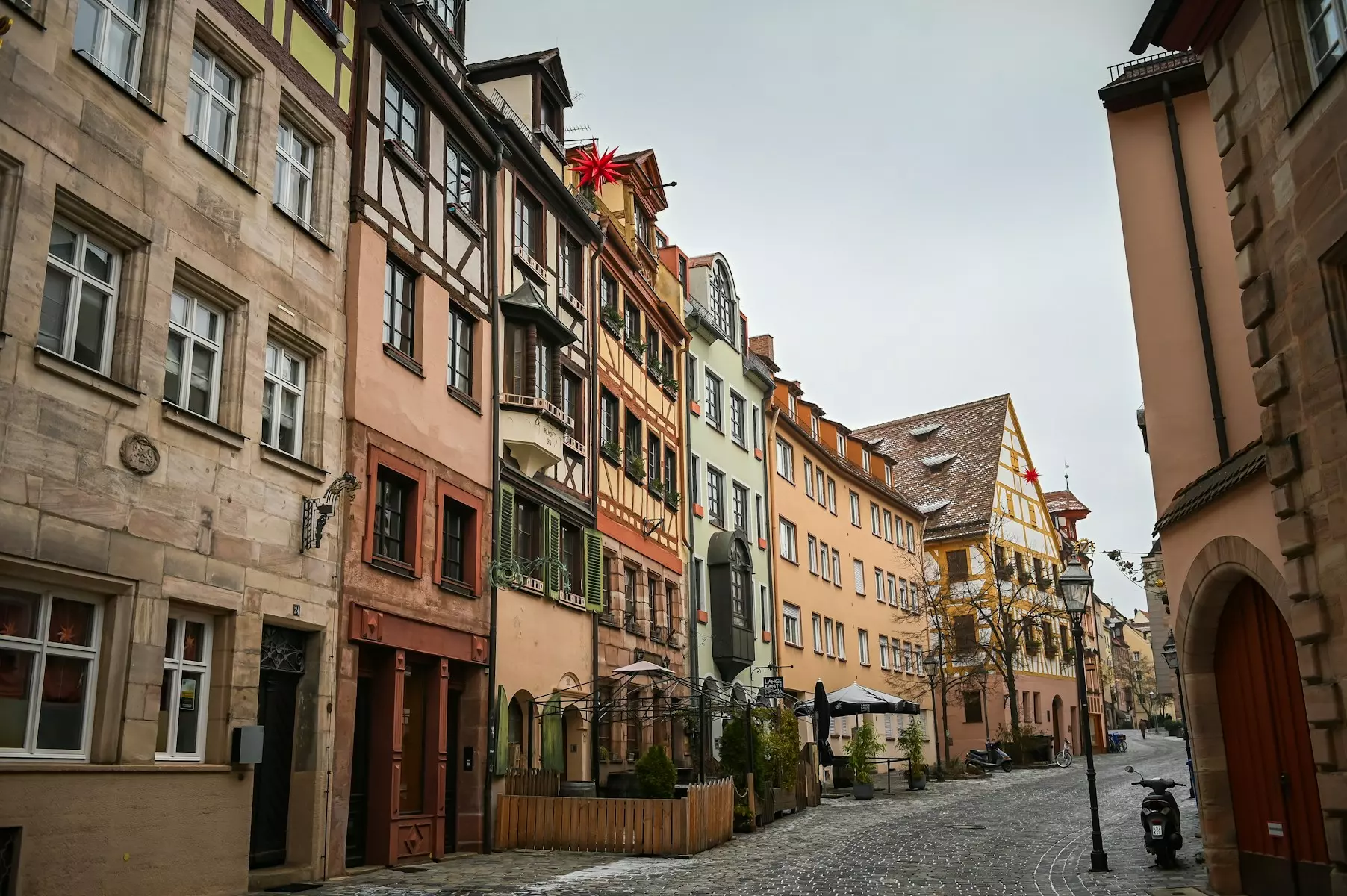The German housing market is poised for a significant turnaround after experiencing a period of correction. Recent forecasts suggest that home prices across Germany will enter a steady recovery phase over the next two years, marking a shift from the market adjustments seen in recent months. This anticipated price growth comes at a time when the country’s real estate sector is showing renewed signs of stability.
Get 50% OFF!
Subscribe to our newsletter and enjoy a 50% discount on all listing packages, no strings attached!

Market analysts and industry experts are closely monitoring various economic indicators that point toward sustained price increases through 2027. While this recovery brings positive news for property owners and investors, it also raises concerns about housing affordability for potential buyers. Understanding these market dynamics is crucial for anyone considering entering the German property market in the coming years.
German Property Market Shows Signs of Recovery
The German residential property market is demonstrating clear indicators of stabilization after weathering a challenging period of price corrections. Market data reveals that the initial shock from rising interest rates and economic uncertainty has begun to subside, creating conditions favorable for price recovery. This stabilization is particularly evident in major metropolitan areas where demand continues to outpace supply, establishing a foundation for sustained growth.
Industry experts note that the market correction has essentially run its course, with prices finding their new equilibrium levels. The adjustment period, while difficult for some market participants, has created a more realistic pricing environment that better reflects current economic conditions. This recalibration is now setting the stage for what analysts expect to be a measured but consistent upward trajectory in property values across the country.
Experts Predict Price Increases Through 2027
Leading real estate research firms are forecasting steady price appreciation in the German housing market extending through 2027. These projections are based on fundamental market drivers including persistent housing shortages, demographic trends, and evolving economic conditions. The consensus among analysts suggests that annual price increases will be moderate but consistent, avoiding the volatile swings experienced in previous years.
The predicted growth trajectory takes into account various macroeconomic factors that influence property values. Experts emphasize that this recovery will be more sustainable than previous boom periods, as it’s built on solid economic fundamentals rather than speculative activity. Market participants can expect gradual appreciation that reflects genuine supply and demand dynamics, making the German market attractive for long-term investment strategies while maintaining relative stability.
Housing Affordability Crisis Set to Worsen
The anticipated price increases will inevitably impact housing affordability across Germany, potentially creating additional challenges for first-time buyers and middle-income households. As property values rise, the gap between income growth and housing costs is expected to widen, making homeownership increasingly difficult for many Germans. This affordability crisis is particularly concerning in urban centers where job opportunities are concentrated but housing costs are highest.
Government officials and housing advocates are expressing growing concern about the social implications of reduced affordability. The situation may require policy interventions to ensure that adequate housing remains accessible to essential workers, young families, and other vulnerable populations. Without targeted measures to address affordability, the recovering market could exacerbate existing social inequalities and create long-term housing accessibility issues for significant portions of the population.
Regional Variations Expected Across Germany
Price recovery patterns are expected to vary significantly across different German regions, with major cities and economically strong areas likely to experience more pronounced increases. Metropolitan areas such as Munich, Hamburg, and Berlin are anticipated to lead the recovery, driven by continued job growth, population influx, and limited housing supply. These urban markets typically show greater resilience and faster recovery times compared to rural or economically weaker regions.
Smaller cities and rural areas may experience more modest price appreciation, reflecting local economic conditions and demographic trends. Some regions might even continue to see price stagnation or slight declines, particularly areas facing population decline or industrial challenges. This regional disparity creates opportunities for strategic property investment and highlights the importance of local market knowledge when making real estate decisions in the German market.
Interest Rates Key Factor in Market Outlook
Interest rate policies will play a crucial role in determining the pace and sustainability of the predicted price recovery. Current monetary policy decisions by the European Central Bank directly influence mortgage availability and affordability, which in turn affects buyer demand and market activity. Any significant changes in interest rate direction could alter the trajectory of property price growth across Germany.
Market observers are closely watching for signals about future monetary policy adjustments that could impact real estate financing conditions. Lower interest rates would likely accelerate price increases and market activity, while higher rates could moderate growth or even reverse current trends. The relationship between interest rates and property values remains one of the most critical factors for market participants to monitor as they make investment and purchasing decisions over the next two years.
The German property market stands at a pivotal moment, with expert predictions pointing toward steady price increases over the next two years. While this recovery brings optimism to property owners and signals market stability, it also presents challenges related to housing affordability that will require careful attention from policymakers and market participants alike.
For those considering property investments or purchases in Germany, understanding these market dynamics and regional variations will be essential for making informed decisions. The interplay between interest rates, regional economic conditions, and demographic trends will continue to shape the German real estate landscape through 2027, making it crucial to stay informed about evolving market conditions and their implications for housing accessibility and investment opportunities.





Join The Discussion